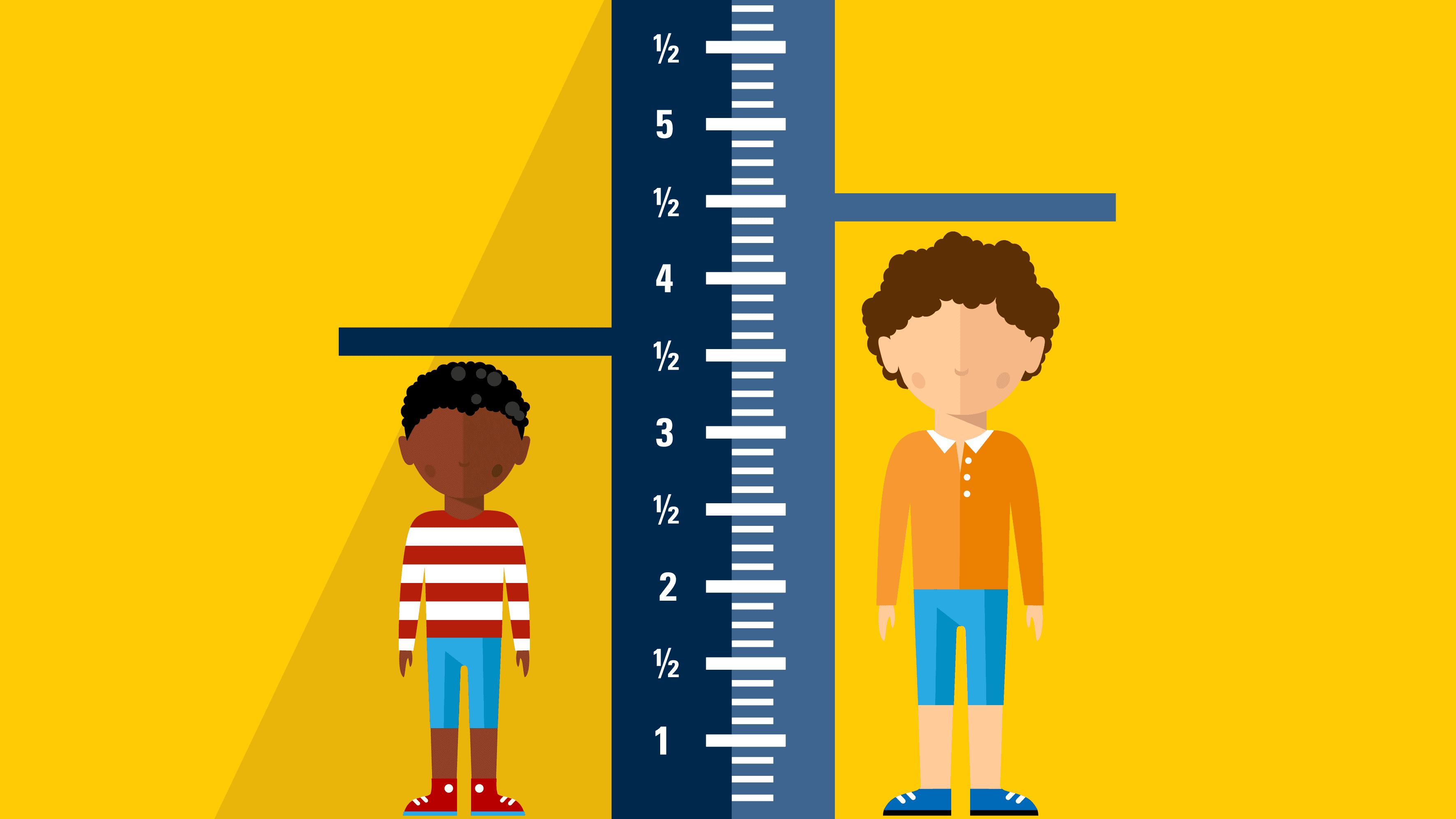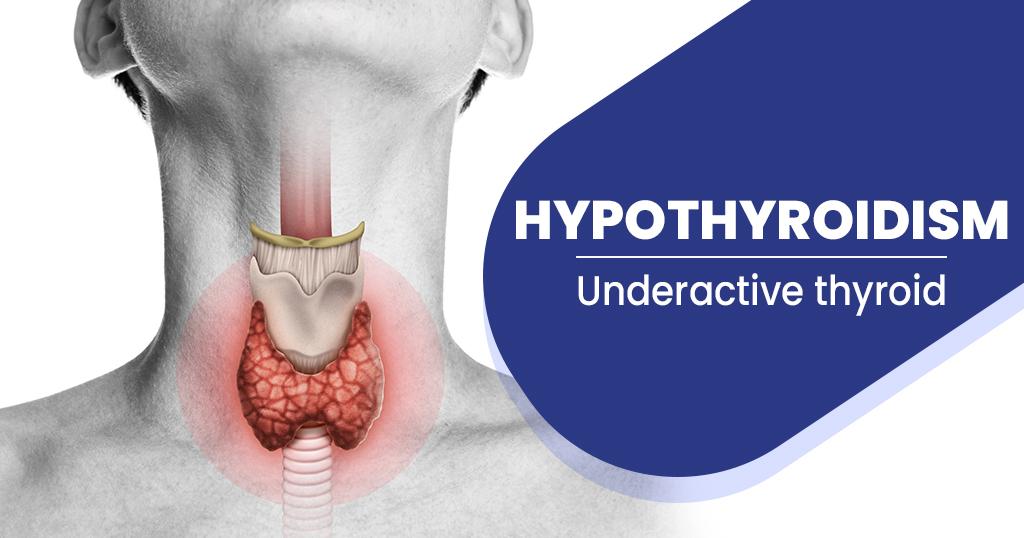
Short Stature
Short stature refers to a height significantly below the average for a person's age and sex. It can be a normal variation of growth, but in some cases, it may indicate an underlying medical condition. Understanding the causes, diagnosis, and treatment options for short stature is essential for proper management.
Causes
Short stature can result from various factors, including genetic predisposition, hormonal imbalances, chronic illnesses, nutritional deficiencies, and bone or cartilage disorders. Conditions such as growth hormone deficiency, Turner syndrome, and hypothyroidism can also contribute to short stature.
Diagnosis
Diagnosing the cause of short stature involves a thorough medical history, physical examination, and growth monitoring. Doctors may also use blood tests, imaging studies, and genetic testing to identify any underlying conditions. A bone age assessment, which compares the maturity of the child's bones to their chronological age, can provide additional insights.
Treatment
Treatment for short stature depends on the underlying cause. In cases where a medical condition is identified, addressing that condition can promote normal growth. For example, growth hormone therapy may be prescribed for children with growth hormone deficiency. Nutritional interventions, hormone replacement therapy, and other medical treatments may also be recommended based on the specific diagnosis.
Growth Monitoring
Regular monitoring of growth patterns is crucial for early identification and management of growth-related issues. Pediatricians use growth charts to track a child's growth over time and identify any deviations from the norm.



